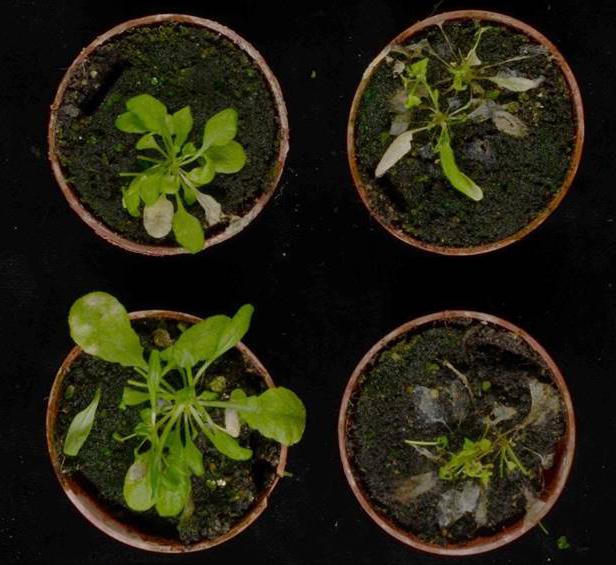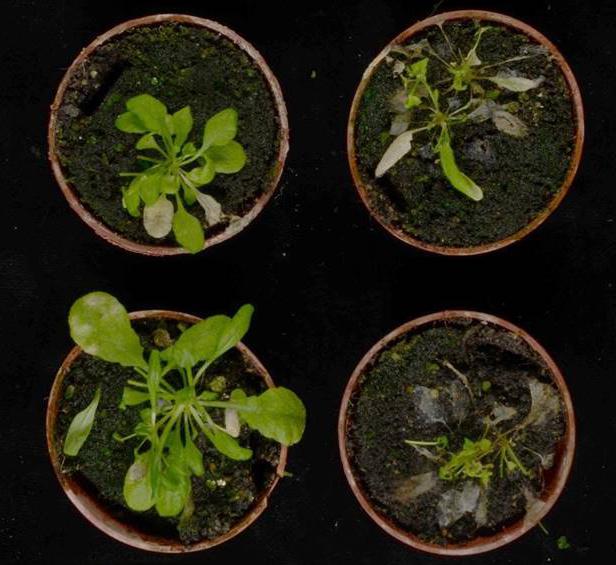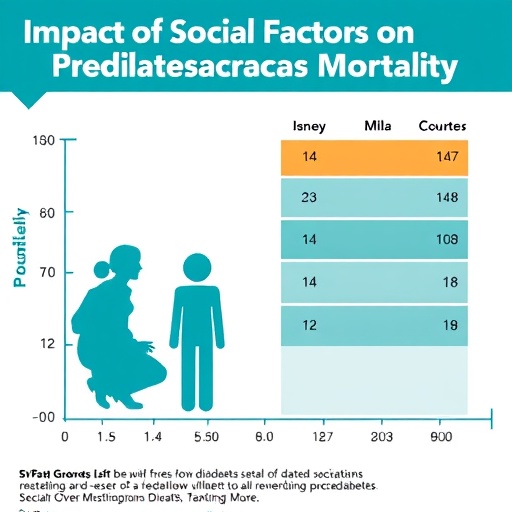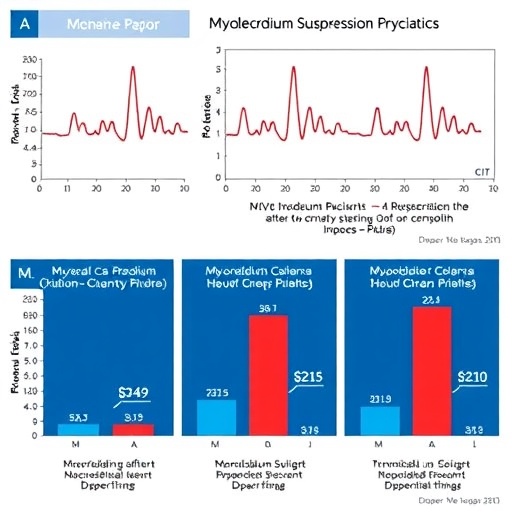
Credit: CRAG
Each year, fungal infections destroy at least 125 million tons of the world's five most important crops -rice, wheat, maize, soybeans and potatoes- a quantity that could feed 600 million people. Fungi are not only a problem in the field, but also produce large losses in the post-harvest stage: during product storage, transport or in the consumer hands. Also, it should be noted that some fungi produce mycotoxins, substances capable of causing disease and death in both humans and animals. Farmers use fungicides to treat fungal infections, but these are not always 100% effective and, moreover, consumer demands pesticide-free products.
Like humans, plants have developed defense strategies to protect themselves against pathogen attacks. Now a team from the Centre for Research in Agricultural Genomics (CRAG), in Spain, has found that the regulation of the protein activity in the plant by the mechanism known as SUMOylation is crucial for the plant protection against fungal infections.
The study, which has just been published in the specialized journal Molecular Plant, is the result of a collaboration between two CSIC researchers at CRAG: Maria Lois, expert in protein regulation, and María Coca, expert in plant immune responses to pathogen infection. As Maria Lois explains, "the results of this research will be used to develop new strategies for crop protection against fungal infection."
SUMOylation: difficult to study but essential for living organisms
SUMO protein binding to other cellular proteins (SUMOylation) is a key process for many cellular functions. For example, in animals, some cancers and neurodegenerative diseases are associated to a defective SUMOylation. In plants, it is known that SUMO conjugation regulates plant development and their responses to environmental stresses.
However, until now SUMOylation roles have been difficult to study because, its complete inhibition causes plant death at the seed stage. To overcome these limitations, Maria Lois' research group has developed a new tool to inhibit the SUMOylation only partially, so the plant can develop normally. Using genetic engineering techniques, the CRAG researchers introduced in the plant a small protein fragment that partially inhibits the SUMOylation.
Plants more susceptible to fungal infections
Using this new approach, CRAG's team found that plants with compromised SUMOylation showed an increased susceptibility to necrotrophic fungal infections by Botrytis cinerea and Plectosphaerella cucumerina. "These two fungi cause plant death and feed on dead tissues. Botrytis cinerea is a geographically widespread fungus which infects many species of plants. It is well known for viticulturists because it produces both the noble rot and the grey rot in wine grapes, affecting the wine quality. Plectosphaerella cucumerina is a model of study, but is also an important pathogen of vegetable crops such as melon" explains the CSIC researcher at CRAG, Maria Coca.
In addition, the researchers observed that shortly after the fungal infection, protein SUMOylation was decreased in the infected plants. This observation suggested that the necrotrophic fungi reduce protein SUMOylation as a mechanism of pathogenicity. Thus, this study opens new opportunities for developing novel strategies for crop protection against pathogenic fungi, as well as for the development of more specific fungicides
A new strategy useful for plants and animals
The strategy designed by Maria Lois' team to partially inhibit the SUMOylation has been key in this study, but it is expected that its applications will go much further. "This new approach will allow us to better understand SUMOylation-regulated processes and, most importantly, it is a tool that can be easily implemented in agronomically important plants, even in those with high genetic complexity, such as wheat," explains Lois. "We believe that there are still many important SUMOylation functions to discover, and we have designed a molecular tool that will be helpful in this regard," the researcher adds.
Indeed, Maria Lois has already taken steps for transferring the knowledge gained from her plant SUMOylation studies to the field of human health. These activities have been supported by the European Research Council (ERC) and by the Government of Catalonia through the respective programs and Proof-of-Concept and Llavor.
###
About the Centre for Research in Agricultural Genomics (CRAG)
The Centre for Research in Agricultural Genomics (CRAG) is a centre that forms part of the CERCA system of research centers of the Government of Catalonia, and which was established as a consortia of four institutions: the Spanish National Research Council (CSIC), the Institute for Agri-Food Research and Technology (IRTA), the Autonomous University of Barcelona (UAB) and the University of Barcelona (UB). CRAG's research spans from basic research in plant and farm animal molecular biology, to applications of molecular approaches for breeding of species important for agriculture and food production in close collaboration with industry. CRAG has been recognized as "Centro de Excelencia Severo Ochoa 2016-2019" by the Spanish Ministry of Economy and Competitiveness.
The study published in the Molecular Plant journal was funded by the European Research Council (ERC) through a Starting Grant awarded to Maria Lois, by the Spanish Government and by the Generalitat de Catalunya.
Media Contact
Zoila Babot
[email protected]
34-609-088-368
@CRAGENOMICA
http://www.cragenomica.es
############
Story Source: Materials provided by Scienmag





